Affiliate Disclosure: We earn a commission if you purchase through one of our links at no additional cost to you.
Storytelling photos are about something you know, experienced, and want to share with your audience. However, it’s more than just sharing where you were. Storytelling photos are how you help your audience feel what you felt. This is how your photos create impact by including different elements of the story so they can feel the story.
People tell stories to entertain, inform or excite. Mostly, though, stories are how we share feelings. We hope to help you become a better visual storyteller.
How Do We Create Storytelling Photos?
We are inherently curious people. Stories fill a void and satisfy that curiosity. Why else would cinema, television, and theater be worth so much of our time? Why do we have a never-ending flood of new novels and history volumes filling our bookstores?
People want you to tell them a story.
Do you remember story time when you were a child? It was exciting and fun. We still get that sense of excitement when we wait for our favorite TV show to start or go see a movie we’ve anticipated.
More than that, we celebrate great storytellers and make them rich. We spend our money on those stories so they can live in great mansions of Beverly Hills, New York penthouse suites, or cruise around on a yacht.
It’s good to be a storyteller.
Not only does it make people happy, but they reward you for it. As photographers, people hire us to tell the story of their engagements, wedding, or other important moments of life. Stories have the power to connect people through their emotions and desires.
So how does this work with different types of photography?
It means you look for something in your subject that makes you feel something, then convey it to your audience. Any emotion or feeling will do.
Many photographers think the way to do that is to take sensual photographs of young models to raise carnal feelings in their audience. Yet others create sensuous photos of food to provoke other senses without involving sex. Both work. Both can provoke a feeling about your subject, but there are many other possibilities.
We all have feelings that vary at times. People understand loneliness, excitement, love, desire, pride, responsibility, and so much more. All of these feelings are rich targets for your storytelling photos.
1: Establish the Scene with a Wide Shot
Once upon a time in a kingdom far away…
Stories usually start with something that establishes where the story takes place. It could be in a kingdom far away or at your desk on a Monday morning. The important thing to do is to help your audience know where they expect the story to take place.
We do that with a wide-angle shot. You see this in cinema and television all the time. If the story takes place in a living room, you see a shot of the entire living room. If it’s a Seinfeld episode and the scene is at the diner, you see an outside shot of the diner.
These photos establish where the story takes place.

This photo is the train station at the entrance to Walt Disney World’s Magic Kingdom. It sets the scene as you’re about to enter the Magic Kingdom, so you know where the story takes place. The establishing shot does more than that, though. It also sets a mood for your photos.
You could immediately establish your story as something happy, ominous, or just curious. The wide establishing shot needs to help draw in your audience with a sense of curiosity to learn more about the story, and it should help them feel something about the environment.
2: Use Medium Shots to Get Closer to Your Subjects
Your story tells you how to capture your subject. Is it the place? Is it your activity in a place? Maybe your story is about a progression from one phase of life to another. Your story can be anything you know and has an emotional impact on you that you want to share with someone else.
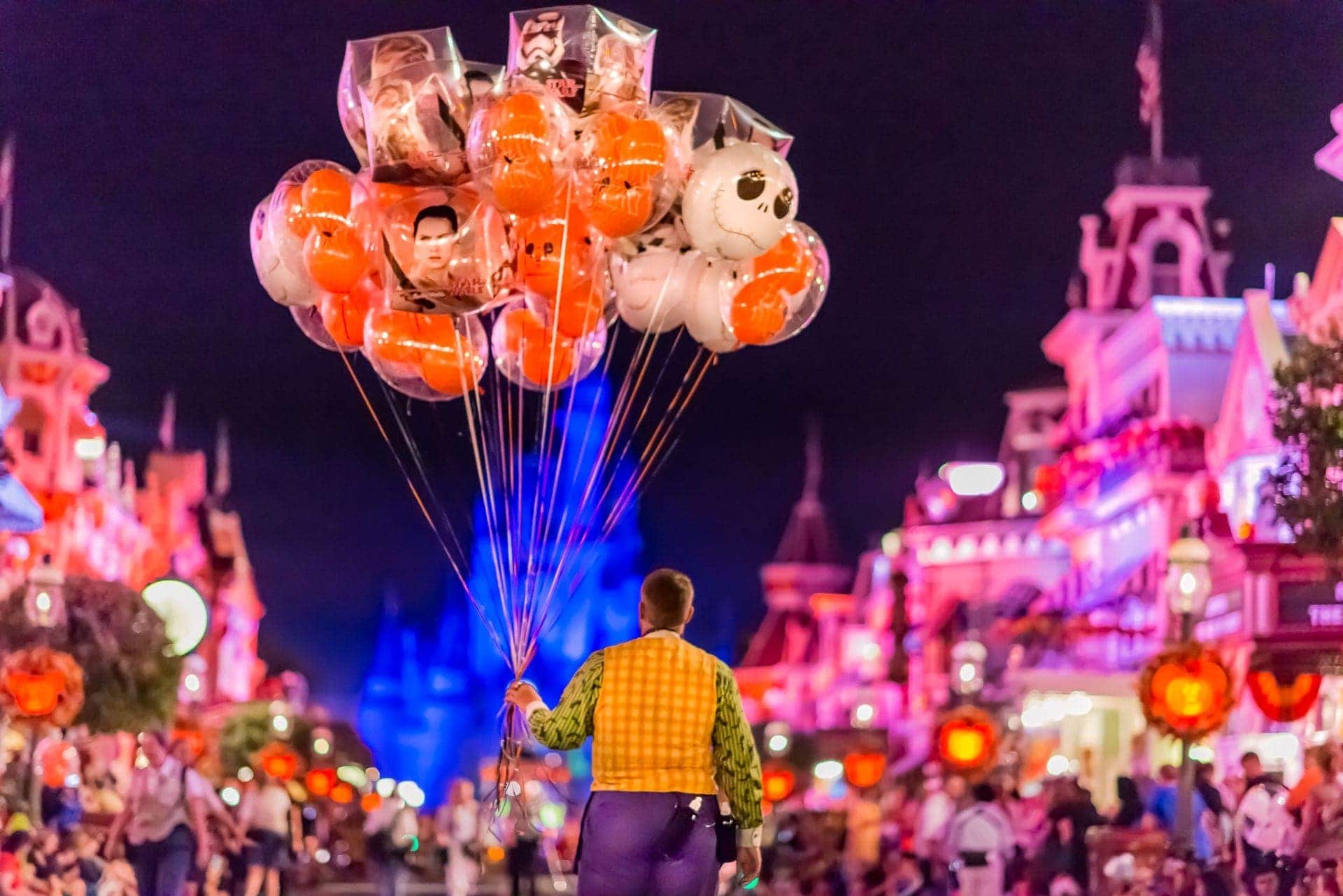
Disney fans know a lot about this photo, and it takes them back to their own memories.
We see a view down Main Street. People are lining up on the sidewalks for the coming parade. There are pumpkin heads on the street lamps, and the man in the middle carries Halloween-themed balloons.
It’s the story of a moment, yet it’s also a part of a larger story.
Think of how you would create a photo book of your day at the Magic Kingdom during the Halloween season. You want to capture the day from the big, wide establishing shots down to the details and everything in between.
3: Observational Shots Fill in the Blanks
When you create video, sometimes you need B-roll to help fill in the blanks. B-roll for video isn’t your main subject, but it’s related and helps move the story along.
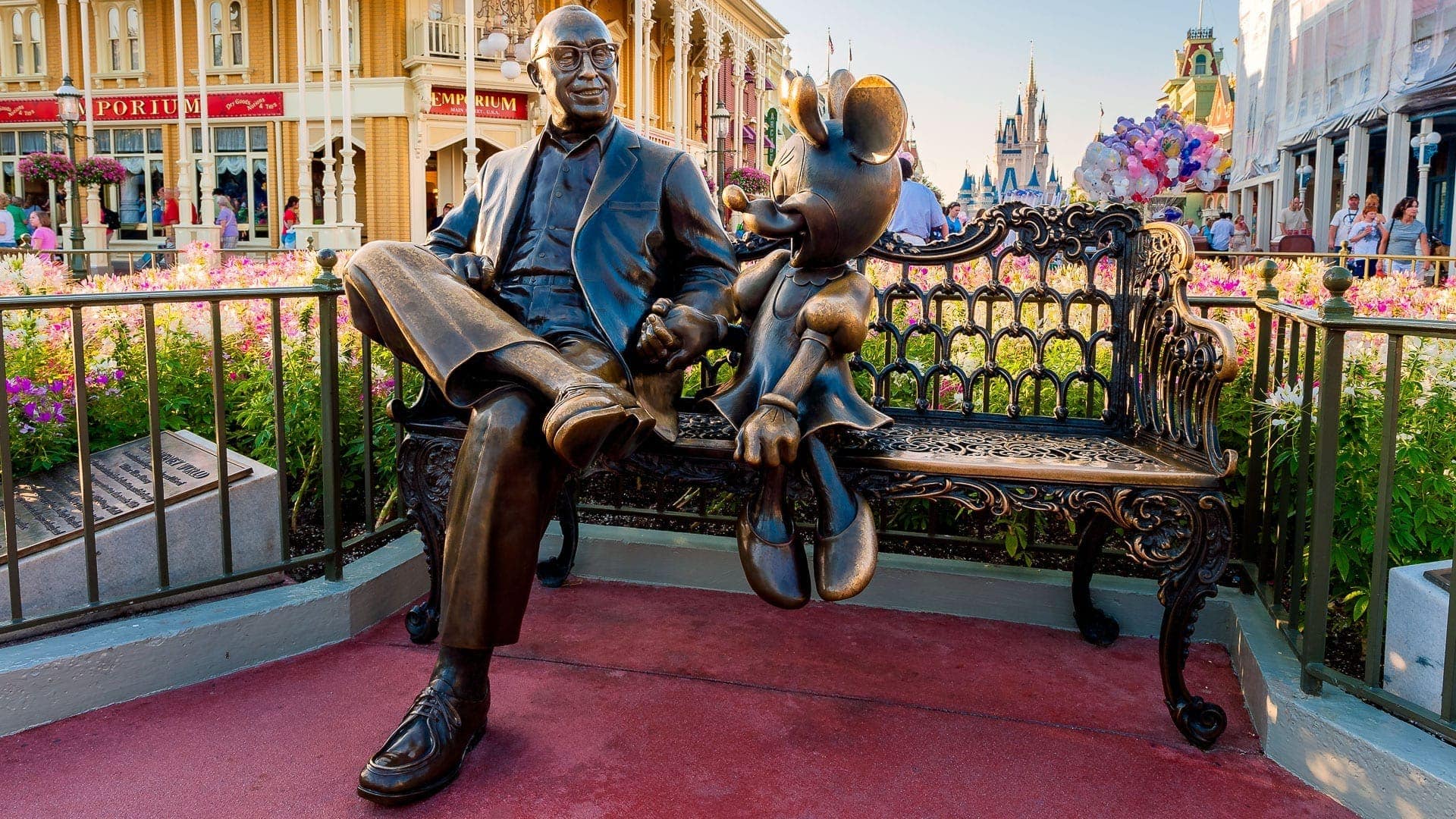
You can include things like activities or events here. What’s happening and how does it affect your emotional state? How does it show the progression of your story?
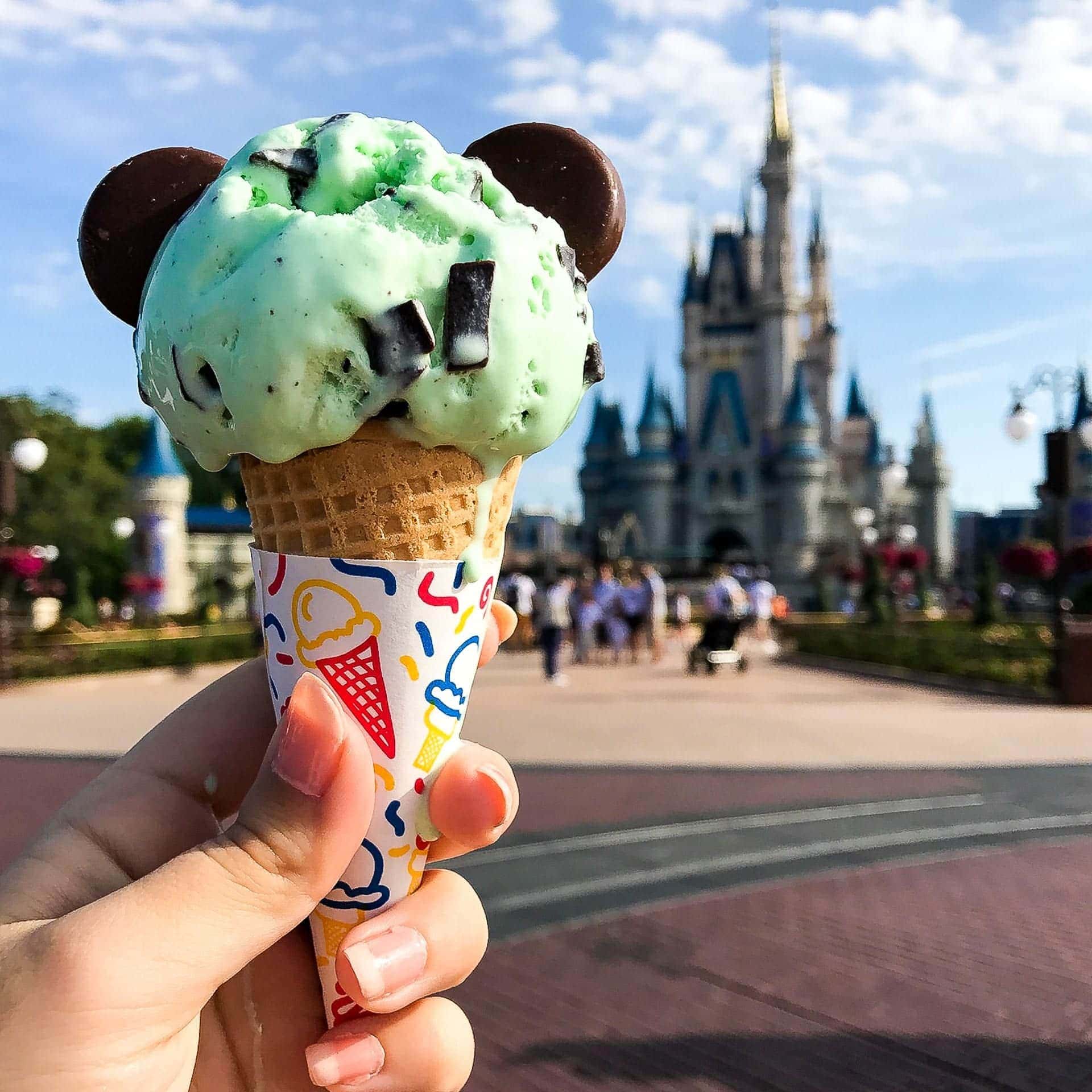
We shot this photo for Instagram. It was a fun little bit of detail in a particular setting. Trust me, eating ice cream in the Florida summer is an activity. We took a couple of steps outside of the ice cream shop and it’s already melting.
4: Find the Memorable or Emotional Parts of Your Story
What strokes your memories and emotions? Is it something your audience can understand or relate to to feel the same emotion or even empathy?
Here are a couple of photos that are part of the story, but how you use them may have different results on your audience.
The first one is something that evokes a shared memory for many.
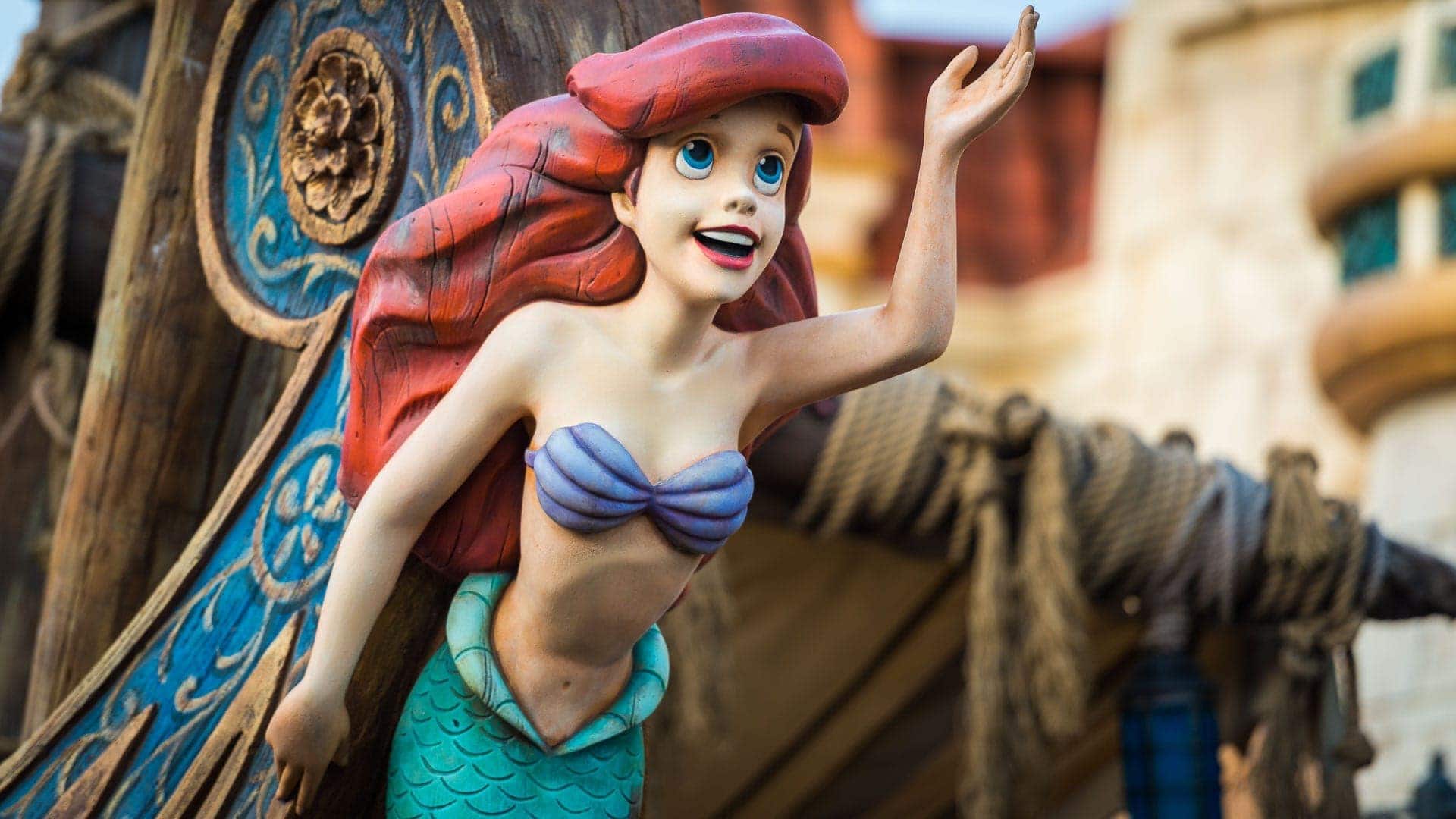
In the photo above, we have a popular character. Millions of people know Arial from Disney’s version of The Little Mermaid. It’s a memorable character for many.
However, you can get your audience to have empathy even if they never knew of the subject in your photo before you showed it.
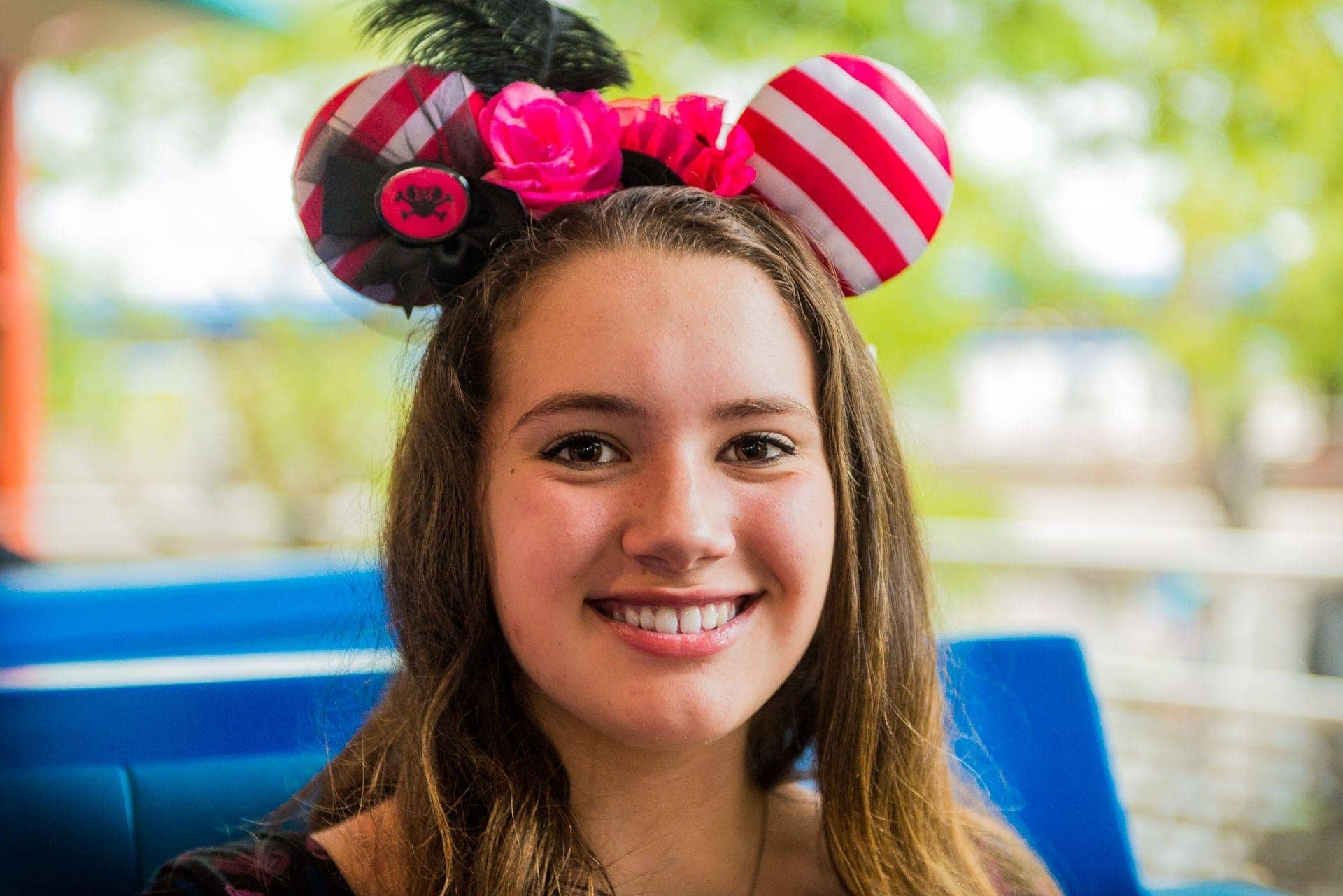
This is our daughter, Tové. I love her to pieces, but most people don’t know her as I do. However, people understand a smile on a child. More than once, I saw a photo of someone’s child in moments of happiness, glee, despair, or tears. We have an innate connection to people and a lot of empathy for children.
Part of our story was having a fun day with our family. It’s memorable for us, and our audience can feel some emotion through empathy for a happy daughter enjoying her day.
5: Use Sequences or Motion to Tell Your Story
Sometimes one photo won’t convey the story. It would be best if you showed a sequence or animation or did something to convey movement or progress.

You can change your point of view during the sequence to give it more punch. One of the examples I mentioned on the podcast was a sequence of photos while the person at Black Tap behind the bar made our milkshakes. We watched the empty glass get plastered with vanilla cake icing, rolled in Oreo crumbs, filled with the milkshake, and topped off with a big Oreo ice cream sandwich – among other things.
Then we had the moment this incredible dessert arrived, shots while we enjoyed our shakes and the inevitable empty glass when it was done.
We created a sequence to commemorate the life and death of a wonderful dessert on our vacation. I’m tempted to print that sequence and put on the wall over my iMac.
6: Storytelling Photos Can Stand Alone, But They Work Best as a Collection
Some of our friends print a photo book to commemorate every vacation they take. Browsing through those photo books show us the story of their trip, but they also invariable invite conversation.
Oh, wait! Let me tell you about that one and what happened to us.
No rule says you can’t work on your masterpiece photo while taking the storytelling photos around you. We see this with vloggers on YouTube. They also like to show something about where they are, what activities are happening, and the story surrounding the topic of their video.
In my opinion, some carry on a bit too much before getting to their point. That brings me to the next item in this post. Practice creating collections of storytelling photos. Take more photos than you need.
Then be brutal with your editing.
Ask yourself if you include something because you like the photo or because it makes people feel something. As you get more practice, you’ll probably change your mind about which photos you include and which don’t make the cut.
You may also like this article:
Elements of Storytelling


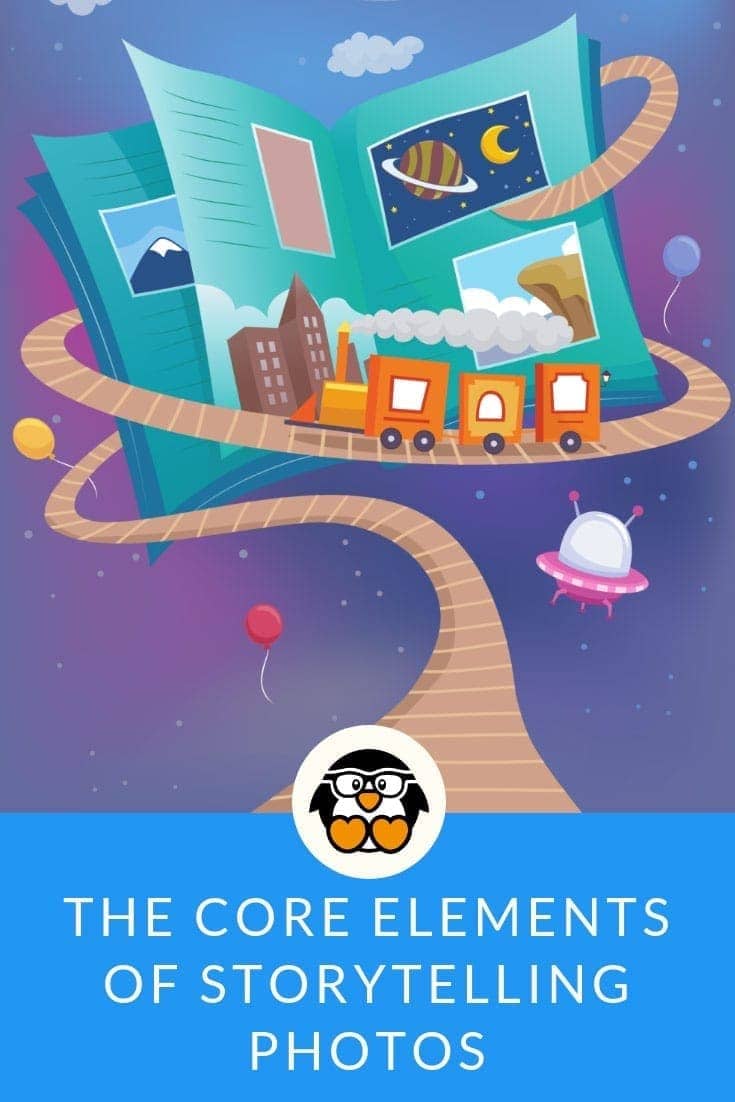
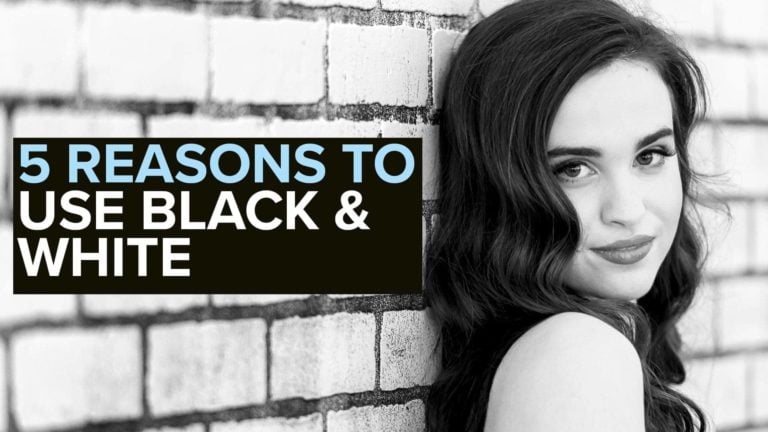
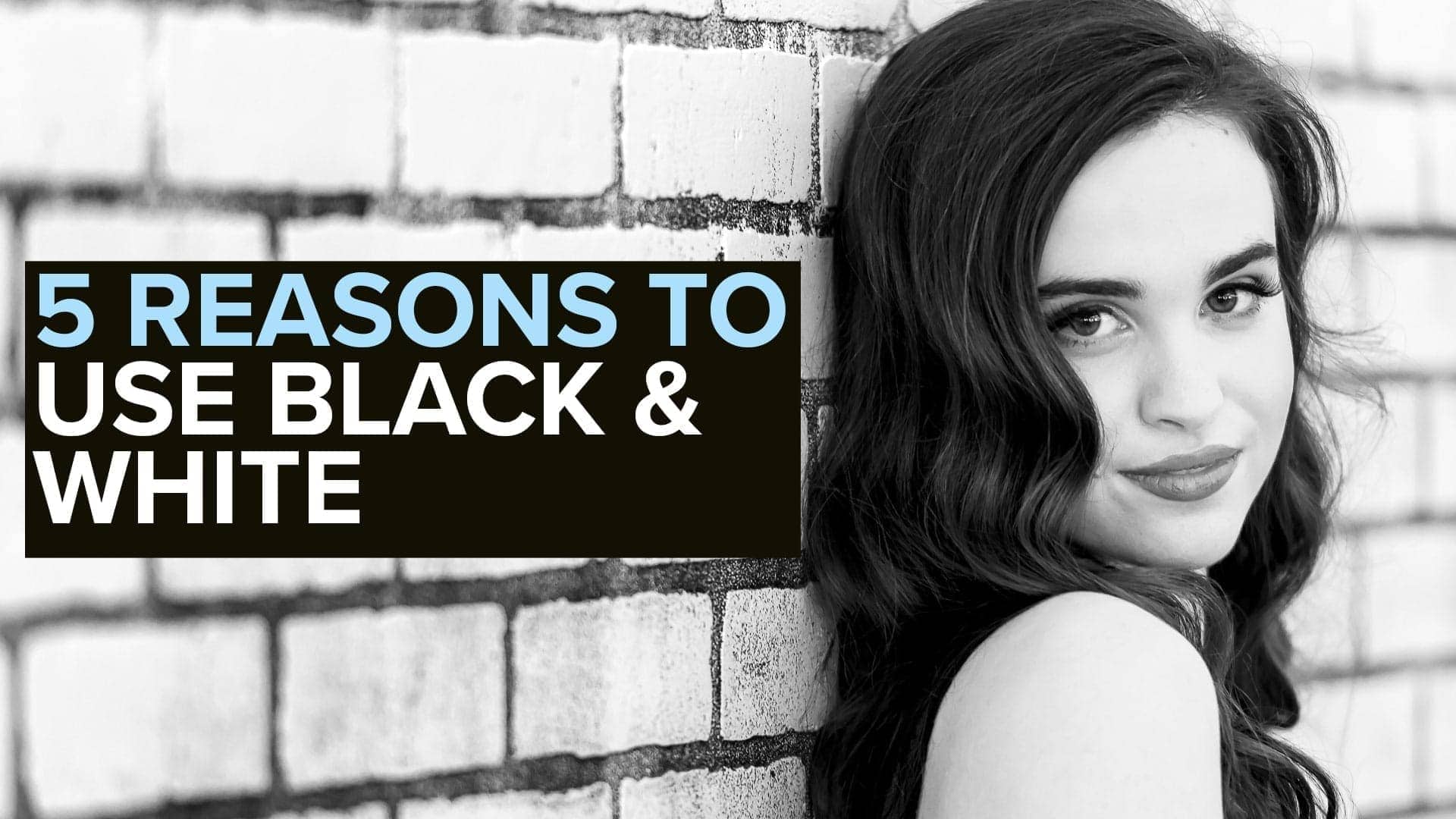
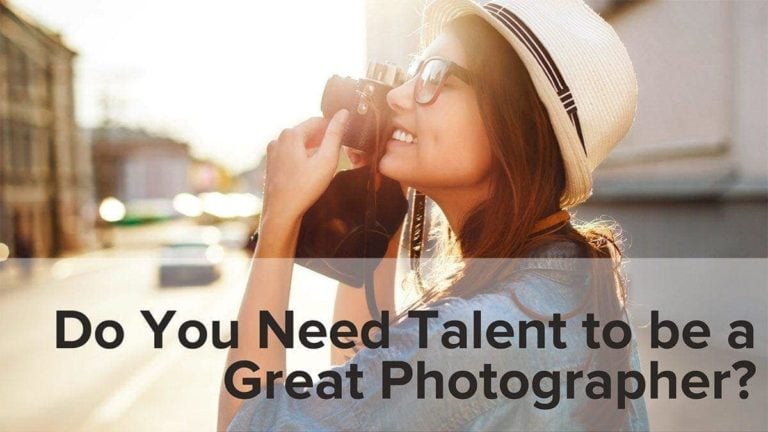

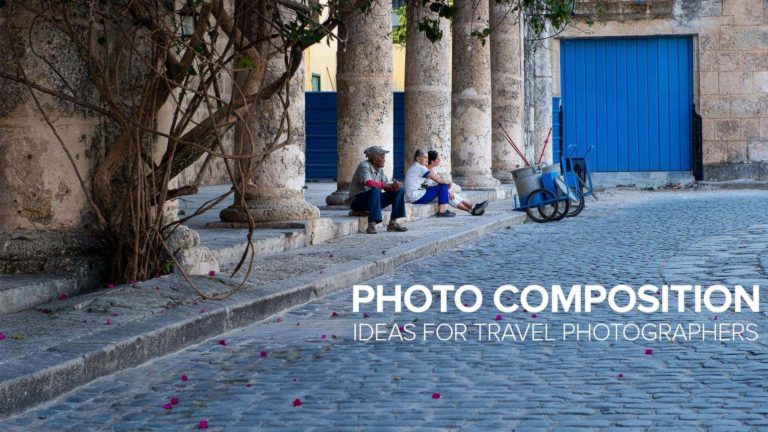
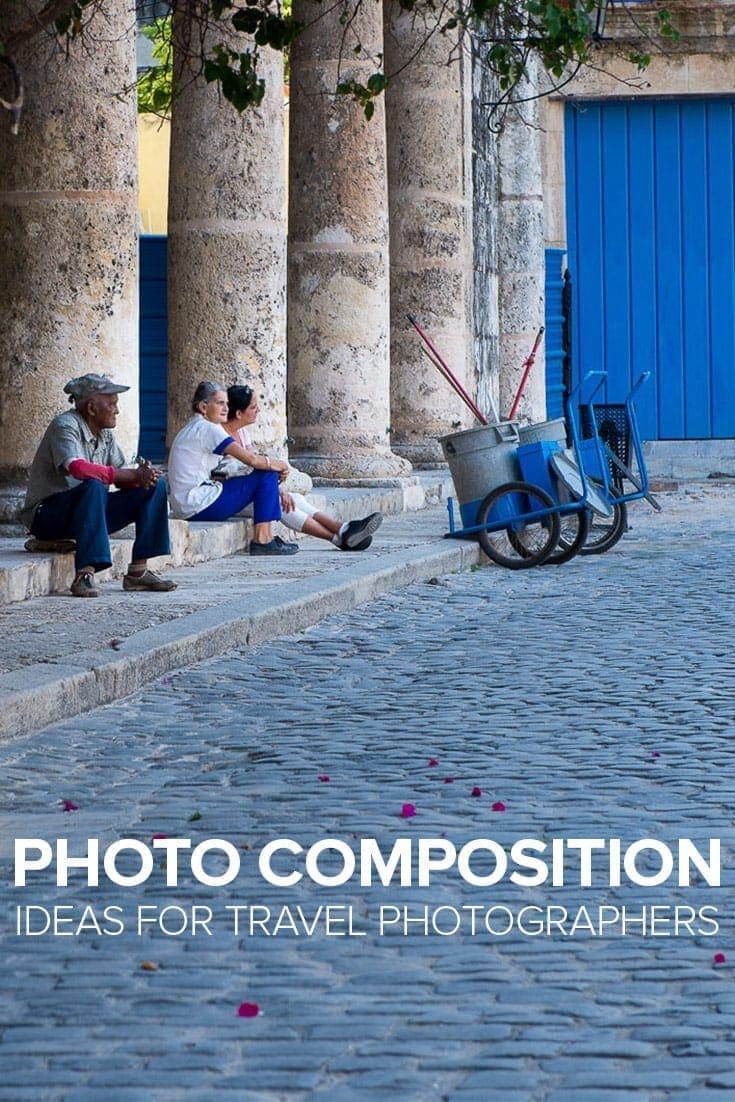

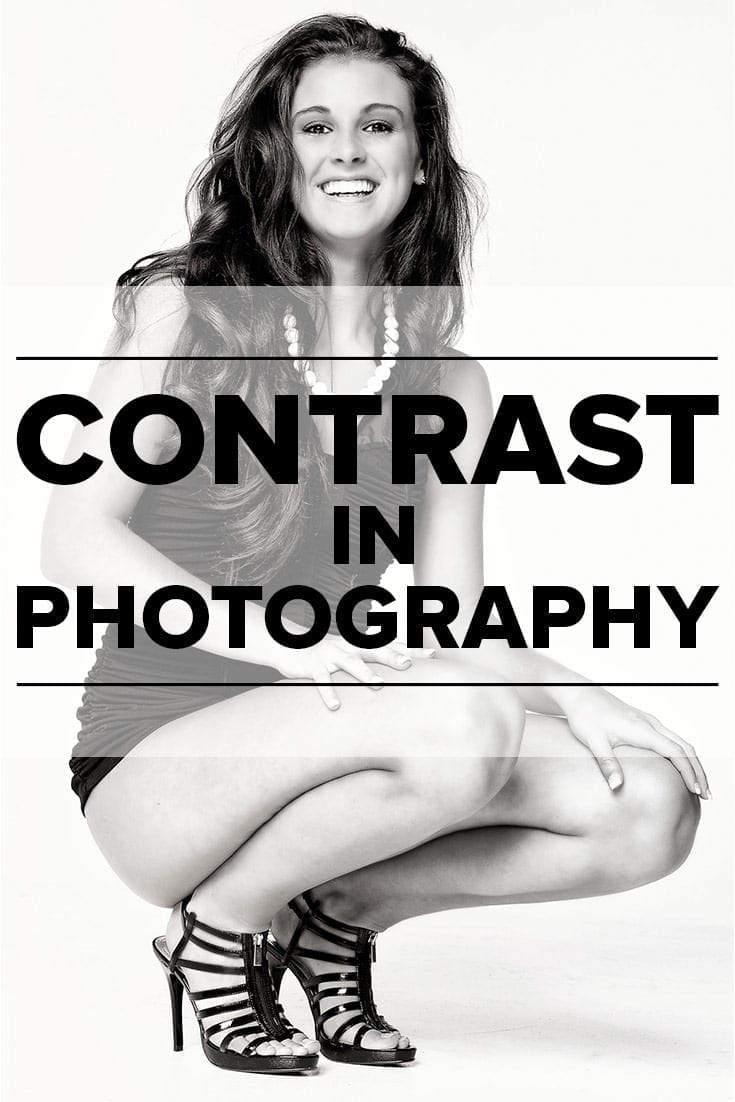
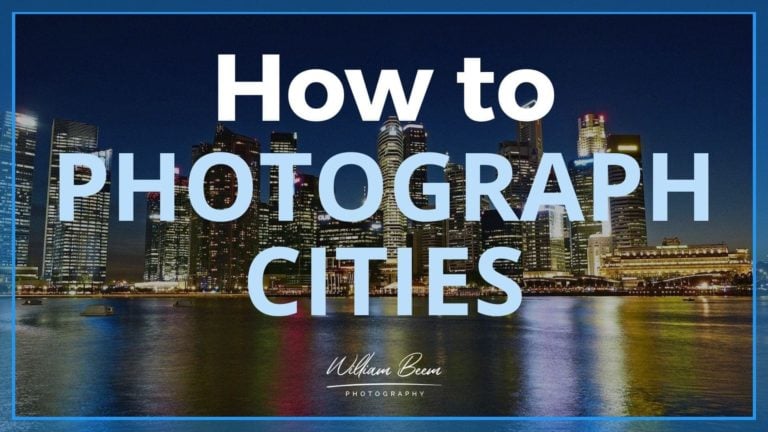
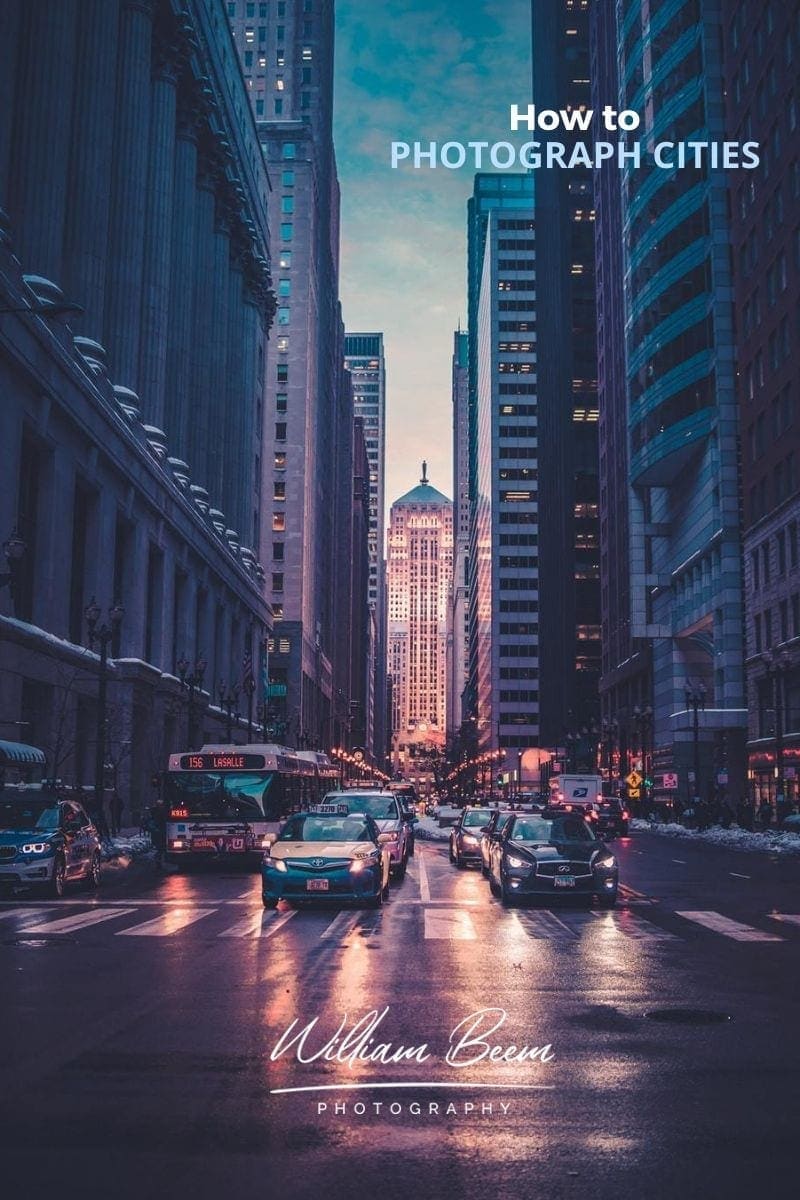
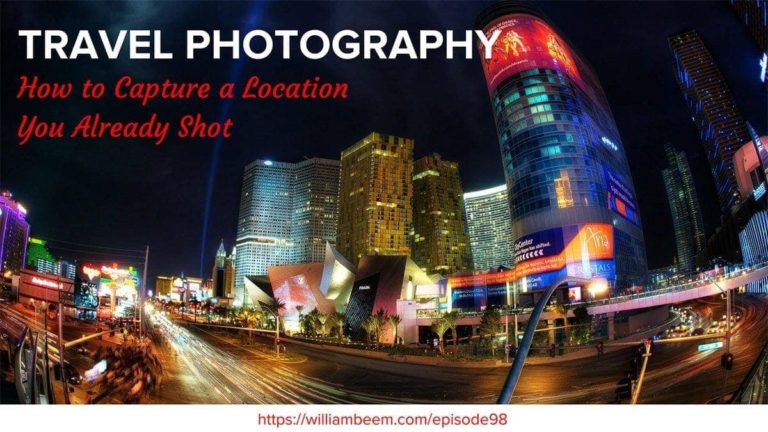
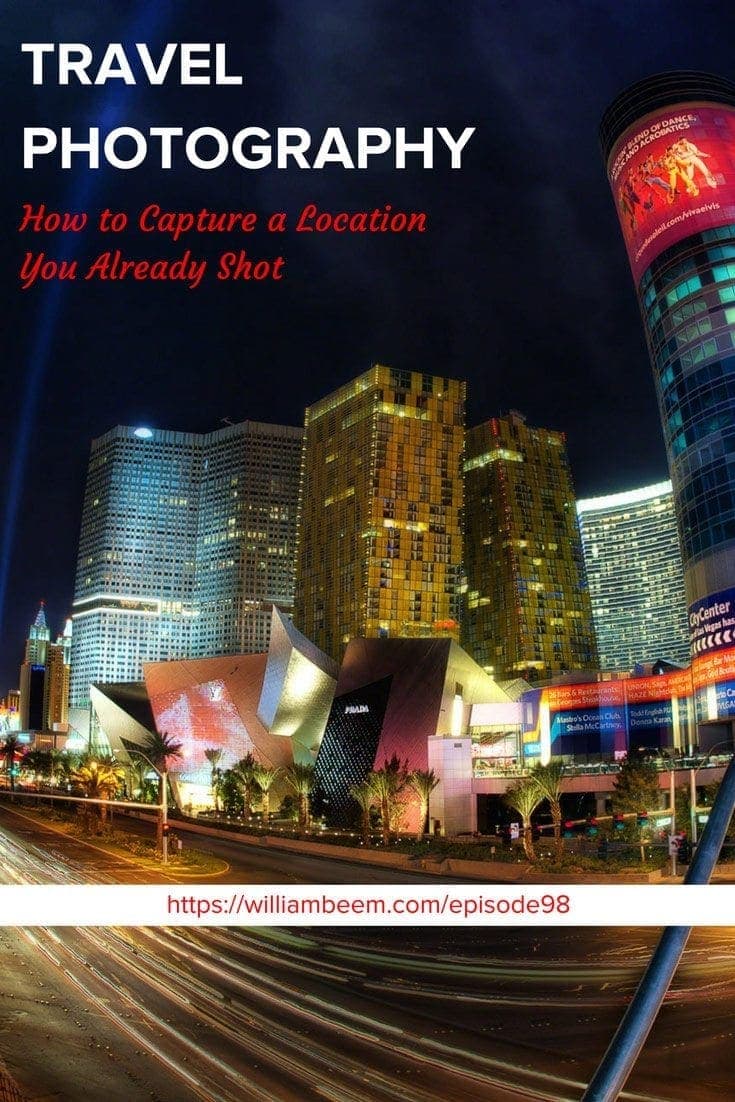
Hi William & Lee,
I am a faithful listener to the Podcast and this episode was one of my favorites. I love Photo Stories. I documented my Goddaughter’s pregnancy journey. It was a fun project for me and she loved the Photo Books. I am a hobbyist with only two lenses at the present time so I had to make due with what I had.
I learned a lot about photography working on this project but more importantly it was wonderful to experience this journey with my Goddaughter. I am looking forward to working on my next Photo Story. This article and Podcast will help me do an even better job on the next one.
Thanks for all you do!
Linda
Hi Linda,
I just realized my email reply to you didn’t post here. Just wanted to thank you again for sharing such a lovely story about your experience with your Goddaughter. Thank you very much for being a faithful listener. We truly appreciate it.